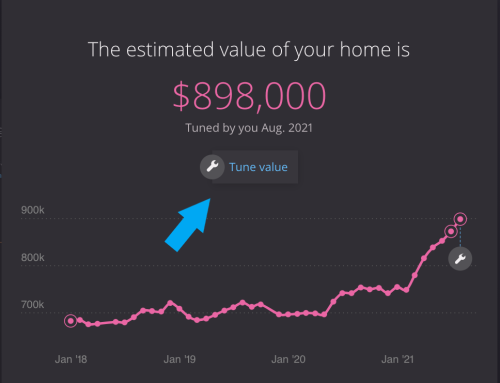The third annual Portland Economic Scorecard has just been published. This may sound a little boring, but for those who are interested in the overall economic performance of the area – and prospects for the future – this report provides a good road map to setting plans for improvement.
 Produced by the Portland Community Chamber and the Portland Development Corporation, the report details 32 indicators of economic vitality including employment, income, education, housing, taxes and overall affordability.
Produced by the Portland Community Chamber and the Portland Development Corporation, the report details 32 indicators of economic vitality including employment, income, education, housing, taxes and overall affordability.
These measures assess Portland as it relates to Maine, New England, and the United States, as well as a set of benchmark cities around the country. A range of primary and secondary economic indicators are used as measurements.
Some highlights from the report include:
Portland and the region are well positioned when compared to the rest of Maine and New England – both over the short and long term. An educated work force and lower unemployment rates are among the primary competitive advantages. The city performs well versus most benchmark cities, leading in half of the indicators and remaining close in most others.
Not Surprisingly, Portland is lagging in pivotal areas including key industries, a higher tax burden, and housing affordability. Factors including an uneven economic recovery and the fact that Portland exists in a high-cost region contribute to this situation. The growth of red indicators (vs green) over the last two years creates an urgency to assess what is wrong, and develop plans to addresses the deficiencies.
The first Economic Scorecard (2010) was the follow-up to the Portland Community Chamber’s landmark 2007 report titled Looking Out for Portland and the Region which examined the area’s economy.
Moving to Maine?









